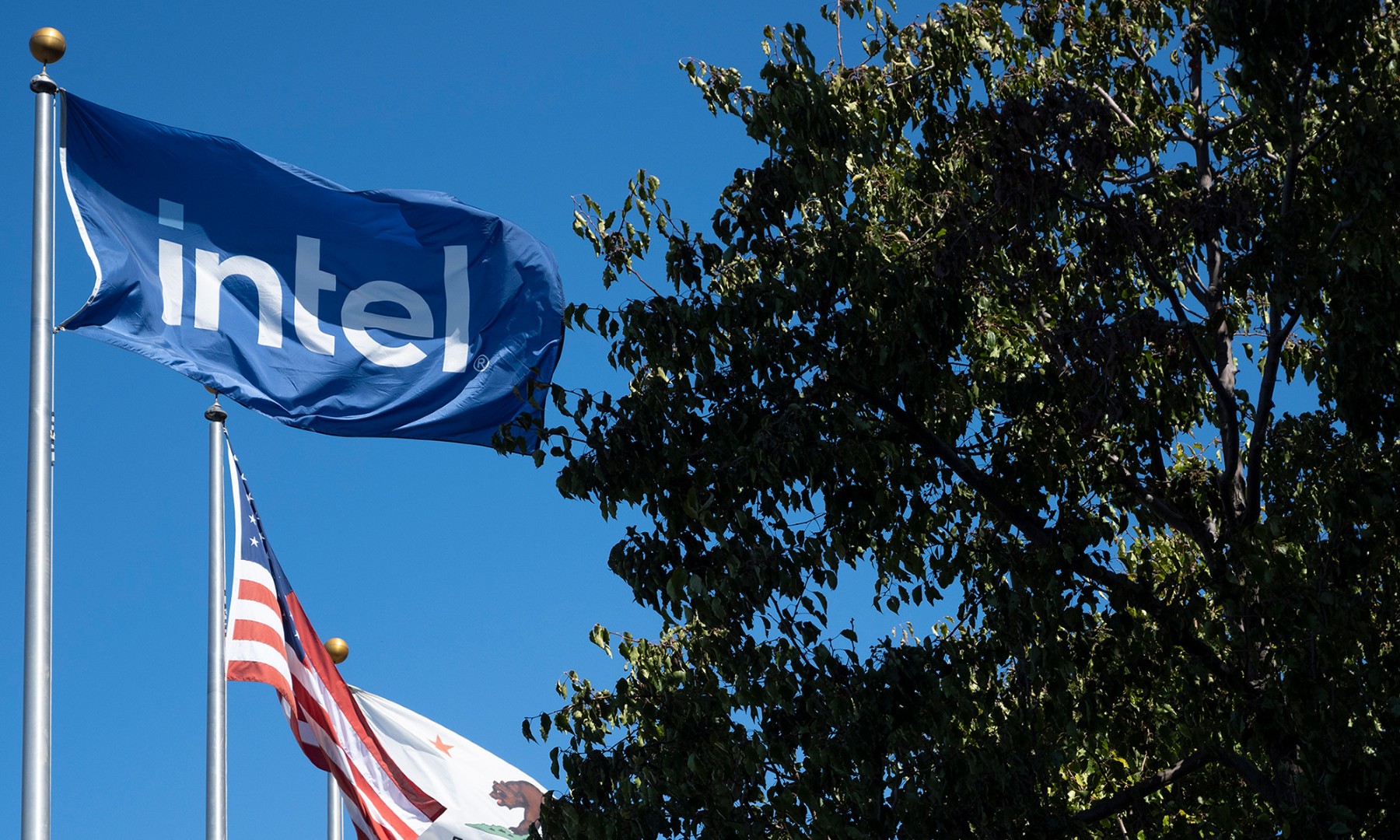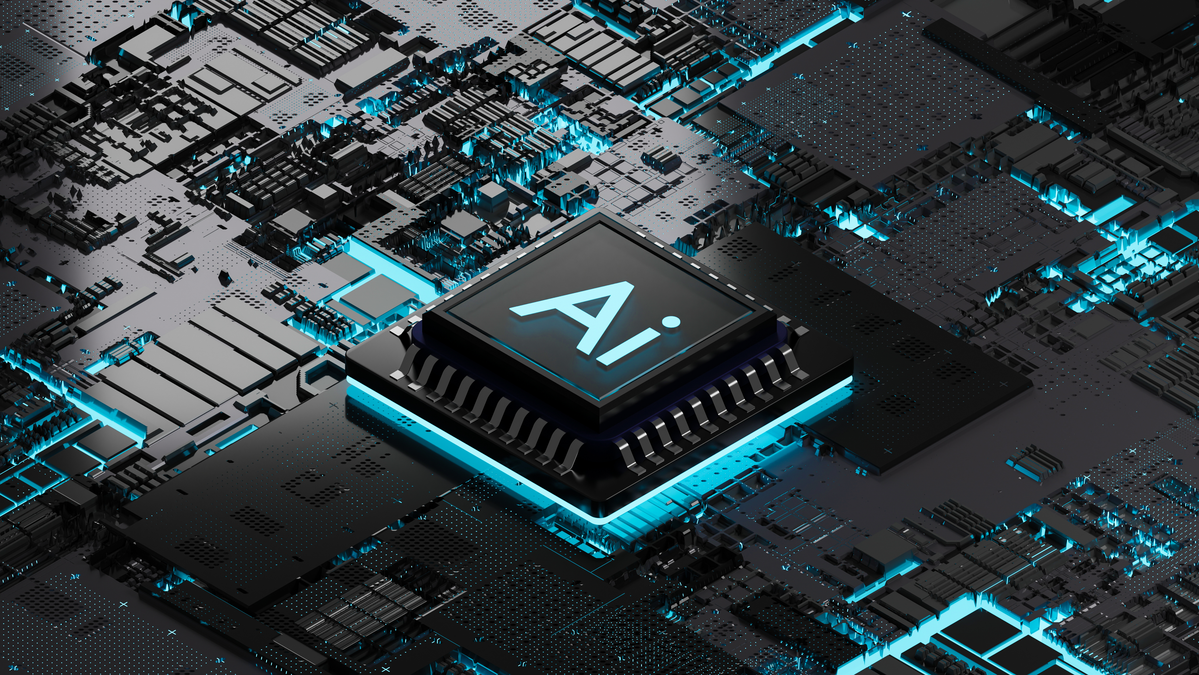If there's one lesson the rise of smartphones and tablets taught the world, it would be that everyday users don't need cutting-edge performance. Instead, sleek form factors and long-lasting batteries have been higher-priority selling points for everyday consumers. As a result, Intel's (INTC 4.33%) power-hungry processors haven't found their way into many mobile computing devices, and Intel stock investors haven't been able to benefit from the mobile computing revolution.
To that end, the company has been working relentlessly to shrink transistors so that it can close the power gap between itself and arch-nemesis ARM Holdings. Between Intel Haswell and Bay Trail, Intel stock investors are hoping that the company will not only make inroads in tablet computing, but also get consumers excited again about PCs.
The problem with Haswell isn't performance or power consumption, which improves battery life by 50% -- it's the price of entry for cutting-edge technology. At least in the beginning, I'm not anticipating Haswell processors will come cheap to consumers. According to AnandTech, Apple's recently released MacBook Air's Haswell processor costs $342 for the low-end or $454 for the upgraded version. That's a far cry from a $200 to $300 tablet, not to mention the everyday user doesn't necessarily need cutting-edge technology to surf the web and compose the occasional email.
That's where Bay Trail comes into play. Because it's based on Intel Atom and a cutting-edge 22-nanometer foundry process, it should allow for impressive battery life, but for a fraction of the cost. Intel expects Bay Trail devices will start between $200 and $300, depending on if a touchscreen is involved. In other words, Bay Trail devices could be the perfect price point for everyday users, especially after you consider Bay Trail devices will be capable of running the full version of Microsoft Windows 8, which offers a productivity advantage over Apple iOS and Google Android.
When taking into account the world's appetite for low-cost mobile computing solutions, it stands to reason that Intel's future is more grounded in Intel Atom than it is in Intel Haswell or other high-performance processors. For Intel stock investors, the massive wild card remains profitability, since lower-cost devices suggest a lower average selling price for processors. It remains to be seen if Intel can maintain its profit margins despite the implied decline in revenue. With this uncertainty, perhaps you should hold off on buying Intel stock.






